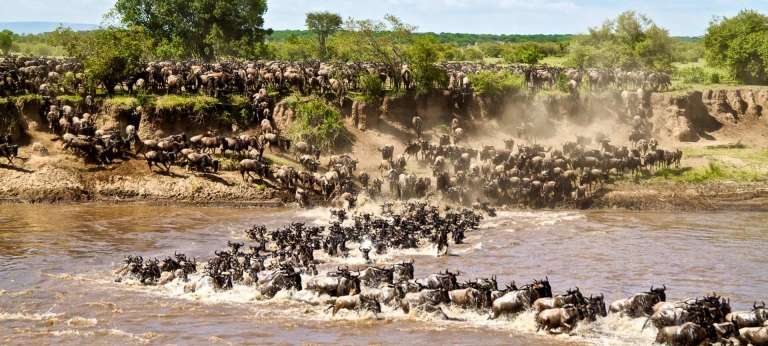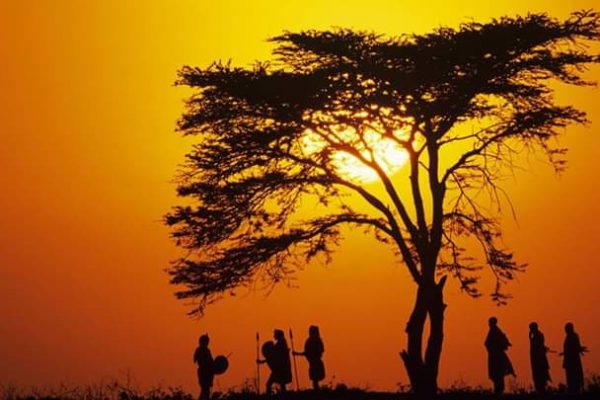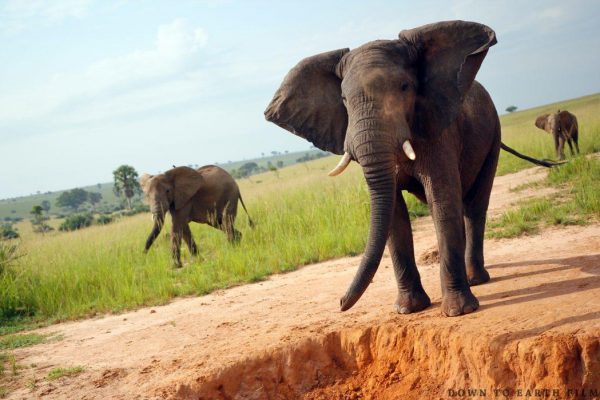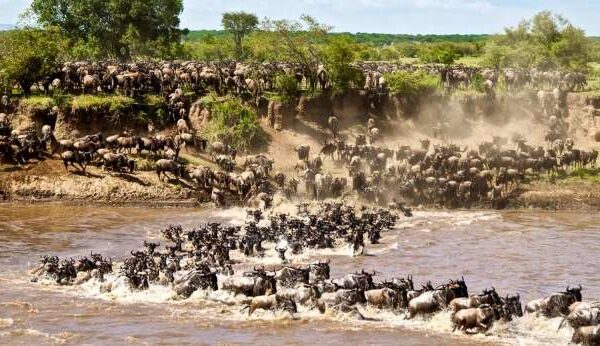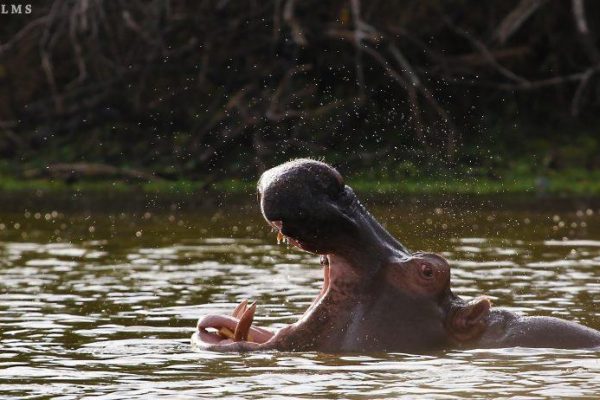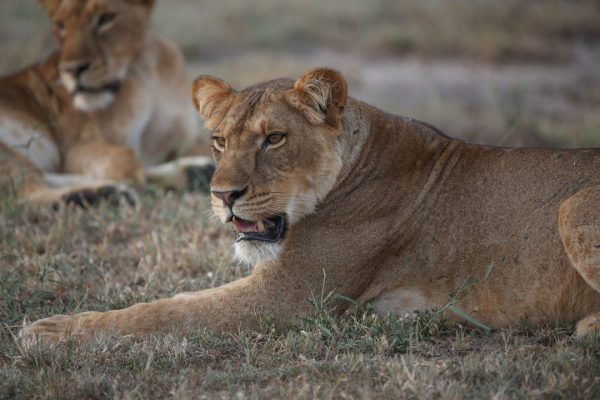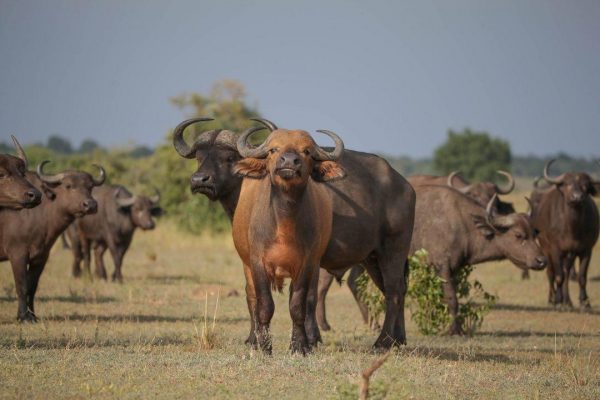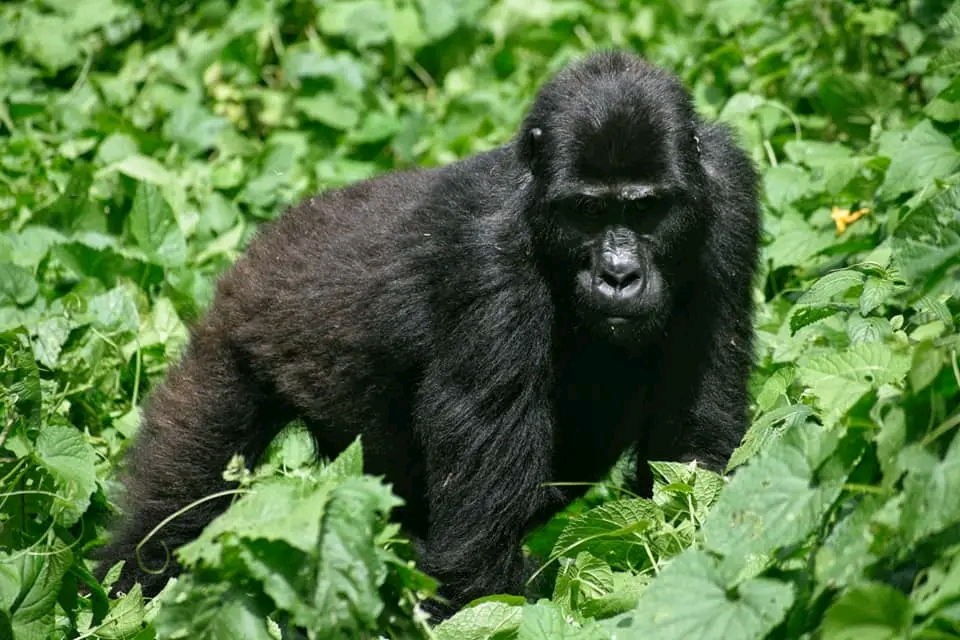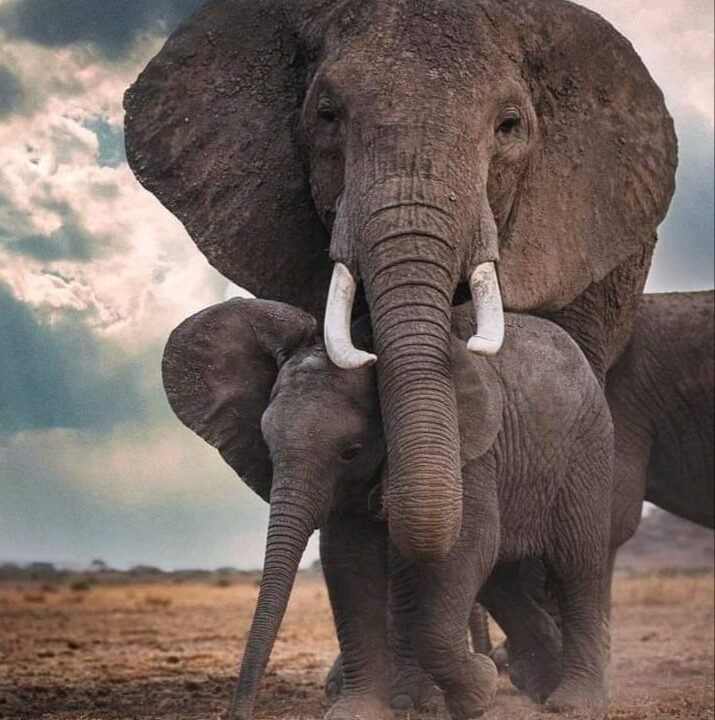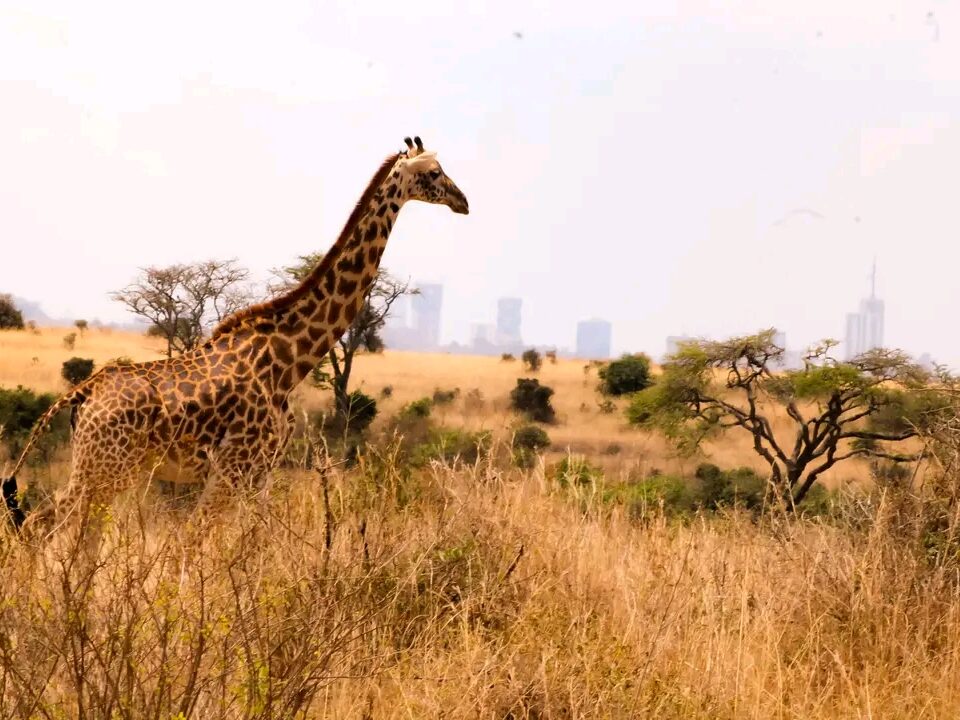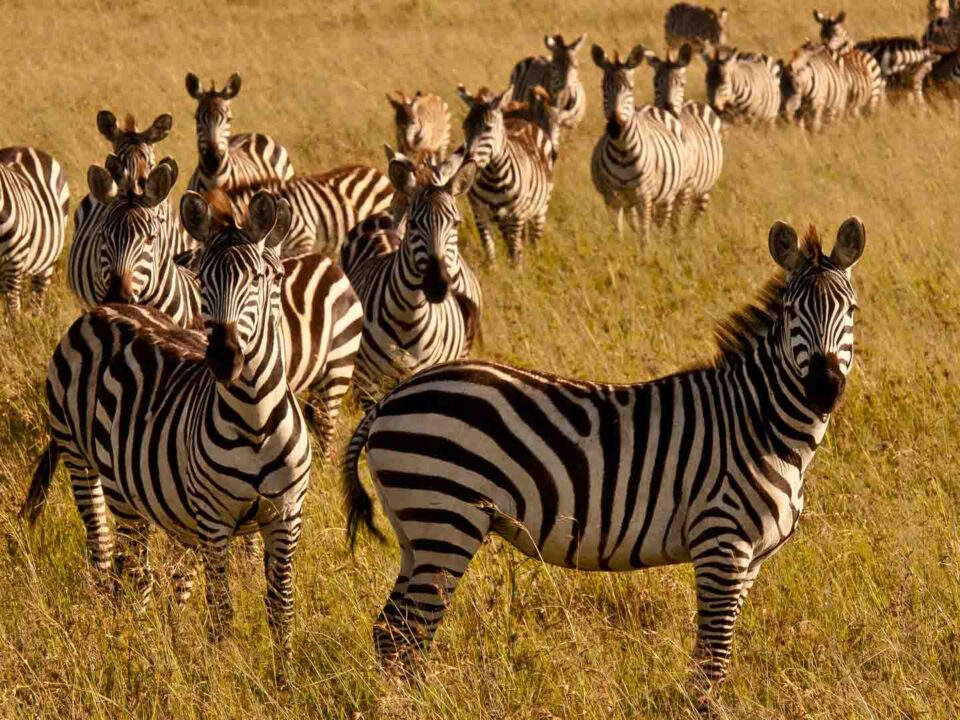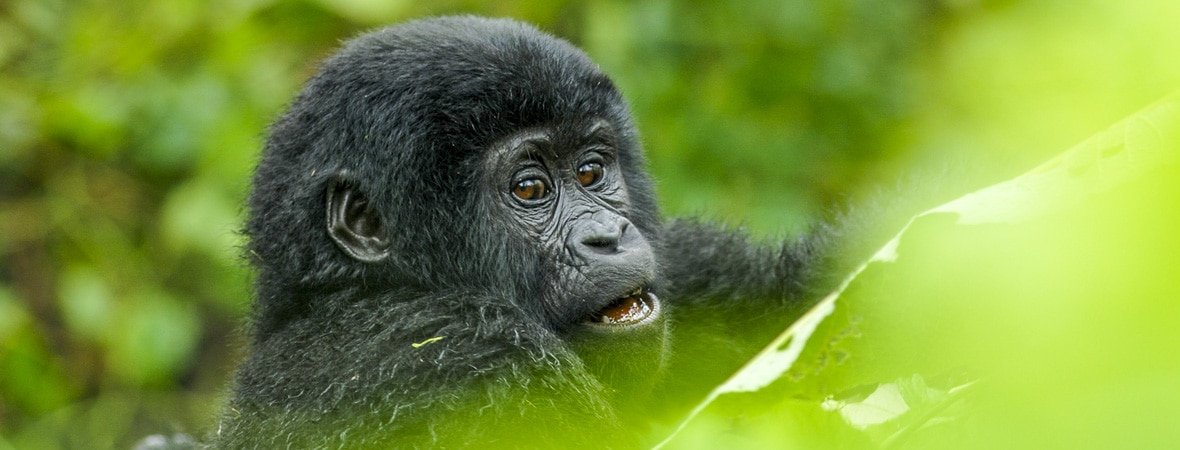
Top Safari Activities in Rwanda – What to do in Rwanda
February 3, 2020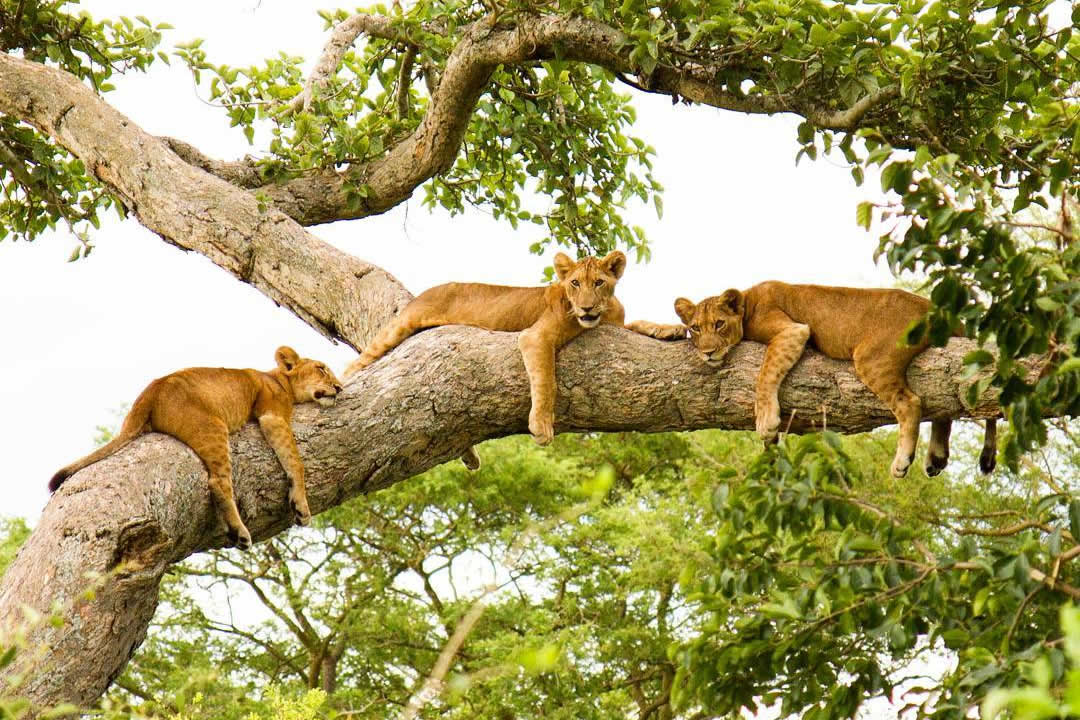
Queen Elizabeth National Park Tree Climbing Lions
February 7, 2020The Great Tanzania-Kenya Wildebeest Migration
The Great Wildebeest Migration is an annual migration of giant herds of animals all through from Northern Tanzania to Kenya. Each wildebeest migration consists of over two million wildebeest, zebras, and gazelles moving from Serengeti National Park of Tanzania and Masai Mara National Reserve of Kenya.
Wildebeest migration occurs in a regular pattern, thousands of mammal grazers move through the Serengeti Masai Mara ecosystem. These grazers move in search of green pasture. With these large herds, this is the largest wildlife group you may ever see on an African safari. This natural spectacular is one of the natural world’s greatest wonders.
Where to see the Wildebeest Migration per month annually
The wildebeest migrate all year round in circular motion around the Serengeti National Park and Masai Mara Game Reserve ecosystem. It is a continuous movement and you can see the wildebeest during the different seasons of the year.
To see the wildebeest in Tanzania, between July – October the herds are in northern Serengeti plains. During this time you can have the chance to see the wildebeest crossing the dramatic Mara River as thousands are killed trying to cross. This is referred to as the most desirable time to see the wildebeest in Tanzania.
From December to March, the wildebeests is in the southern part of Serengeti specifically in Ndutu which is actually in the Ngorongoro Conservation Area. During this time it’s the calving season as many calves are birthed.
February is the perfect month when the wildebeest can be seen in large herds altogether for the calving season. This is a highlight of the wildebeest migration along with the dramatic crossings of the Mara River.
Wildebeest safaris during short rainy season
Between the months of November, April, May, and June the herds are much more dispersed. This is because November experiences short rains and the months of April and May are the long rains season. During rainy seasons, the grass is green throughout and the herds are dispersed.
Best time of the year to see the large herds of wildebeest migrating is during the months of July – October, and December – March.
Mulling in Kenya happens just as an extension to the grazing seasons of the herds since they spend most of their time in Serengeti. Between July – and October, the wildebeest can be seen in Kenya as they cross the Mara River. To catch the best moments of the dramatic crossings of the Mara River, it is best to base yourself in Serengeti in Tanzania. wildlife safari in Tanzania are magical just like wildlife safari in Kenya.
Why do the Wildebeest Migrate?
The wildebeest migrates with the sole purpose of finding green pastures. When the rains are in the Serengeti region the wildebeest will be there to find pastures. When the rains are in Kenya’s Masai Mara, the herds will migrate to Kenya.
Though their cycle is a little predictable, where the wildebeest can be seen is dependent on where the rains fall.
It’s an annual event where a million wildebeest accompanied by hundreds of thousands of zebras and numerous other antelope species move in search of greener pastures.
Choose to visit Tanzania or Kenya to have a wildebeest migration experience. With the airlines in the region, you can also tailor your trip with a Uganda safari or gorilla safari in Rwanda in a single safari. Contact us for details about wildebeest and customized safaris.
Kenya Wildlife Safari Tours which Involved Wildebeest Migration Adventure
6 Days Kenya Wildlife Safari
On the 6 Days Kenya Wildlife Safari, you will head to the world-famous Masai Mara game Reserve. This is considered a “must-see” for any visitor traveling on safari in Kenya reason because it’s graced by a wide variety of unique and exquisite wildlife and birds. It’s home to the richest concentration of wildlife, including the “Big Five. Read More…
8 Days Kenya Wildlife Safari
On arrival you will be met and driven to Sweetwaters Sanctuary after safari briefing .Our destination is Sweetwaters Tented Camp a sheltered oasis, clustered around a waterhole and set in the pristine calm of its own private reserve, arrive in time for lunch Read More…
9 Day Kenya Elegant Wildlife Safari
Spend the days in the Masai Mara with morning and afternoon game drives. Introduce yourself to the large herds of plain game and the numerous predators, which have made the reserve so famous. Masai Mara is also home to the renowned black-maned lion. Meals and overnight at Governors Camp. (Full board). Read More…
11 Days Kenya Wildlife Safari
You will cross the Great Rift Valley and reach Kenya’s most famous Game Reserve, Masai Mara, in time for lunch. Spend the days exploring the rolling hills and plains for a chance to spot the black-maned lion, leopards, elephants, buffaloes, and cheetahs along with assorted species of hoofed animals. Back for overnight and dinner at the camp. (Full board). Read More…
11 Days Kenya Wildlife Safari
Meet and greet, after a short brief drive to, Samburu Game Reserve. Wild and rugged, Samburu is fiercely beautiful with its arid savannahs watered by the lovely Uaso Nyiro River.
It is also one of Kenya’s most protected areas and home to species only found north of the equator including reticulated giraffe, Grevy’s zebras, and Beisa Oryxes. Arrive for lunch . Afternoon game drives in search of the elusive Leopard, Lion, Elephant, long-necked graceful gerenuk, Grevys Zebra, reticulated Giraffe, Oryx, and other plains game. Dinner and overnight at. Read More…
12 Days Kenya Wildlife Safari Tanzania Wildlife Tour
The 12 Days Kenya Wildlife Safari Tanzania Wildlife Tour, leaves for Tarangire National Park, Tanzania’s third largest National Park and sanctuary for an unusually large elephant population. Majestic baobab trees are an interesting feature of the park that dwarfs the animals that feed beneath them. Animals converge along the Tarangire River, which provides the only everlasting water supply in the area.
There is a great diversity of wildlife including lions, cheetahs, leopards, and about six thousand elephants. A bush walk and a cultural visit with the semi-nomadic tribes are also included. Overnight two nights at the Tarangire River Camp, Read More…


